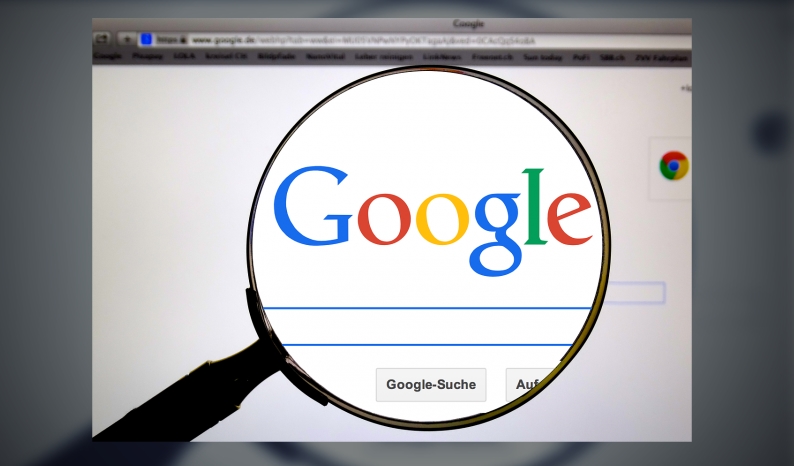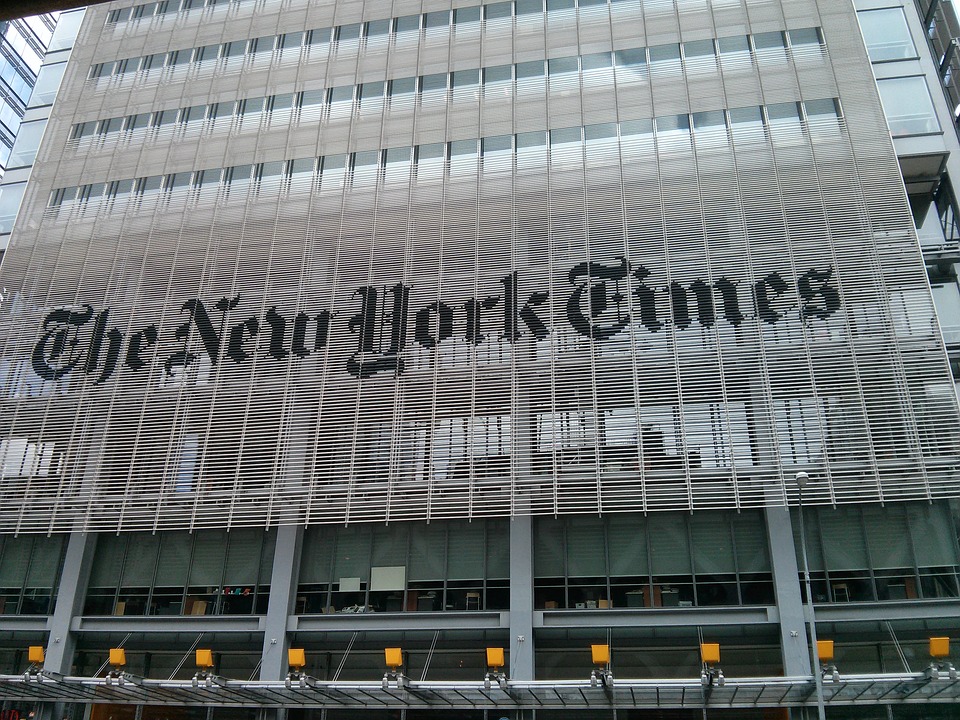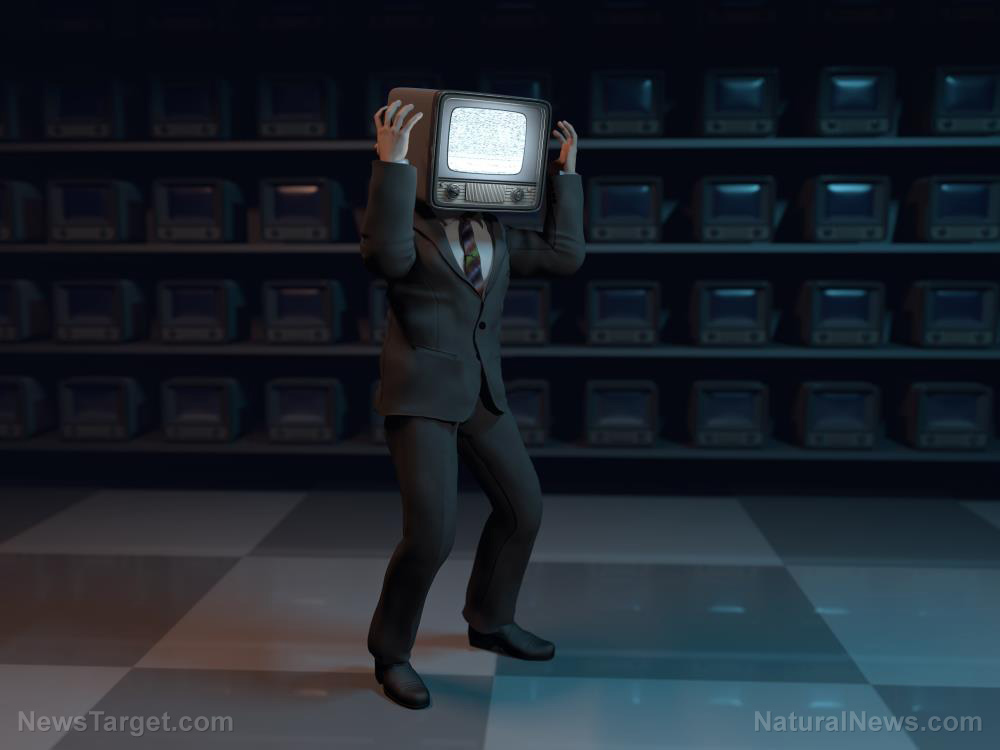Technology “pollution” threatens astronomy with light from LEDs, satellite, wifi
02/25/2018 / By Edsel Cook

Technology has light and dark sides. Even as it grants astronomers further sight and deeper insight into the cosmos, it also spawns pollution that veils the empyrean, warned a Science News For Students article.
During the annual meeting of the American Astronomical Society this January, astronomers warned about increasing amounts of space debris, light pollution, and radio wave interference that render the night sky inscrutable.
It’s only been 60 years since the ancestral artificial satellite Sputnik first streaked across the firmament. Those were simpler times when the heavens saw no traffic.
However, it’s not the same clean sky anymore. There are close to 18,000 objects cluttering Earth’s orbitals; their sizes vary from anywhere between a centimeter to a Greyhound bus. Most of them are junk leftovers from numerous space missions, but they still pose a threat to space-based instruments like the Hubble Space Telescope.
The majority of them also reflect light. Observers using earthbound telescopes could easily mistake their glimmer for the light of a distant star.
Patrick Seitzer believes things are about to get much worse. An astronomer at the University of Michigan in Ann Arbor, he warned that the catalog of debris will double over the next two decades.
American aerospace company Boeing is trying to set up a global network of 3,000 V-band satellites over the next 20 years. That’s just one company in one country.
Blinding light
Light pollution on Earth can be just as bad as space-borne debris. The harsh glare given off by artificial illumination overpowers natural starlight. And light-emitting diodes (LEDs) are quite possibly the biggest offenders.
Eight years ago, LEDs made up less than one percent of the lights in the U.S. today; one out of every two light fixtures is an LED.
Boasting long lifespans and excellent energy efficiency, LEDs are highly attractive lighting options for many people and nations. They’re bad news for astronomers, though, because they emit a lot of blue light.
Blue light has a short wavelength, so it scatters much quicker. This increases sky glow, a form of light pollution caused by light bouncing off the numerous particles in the air above large cities.
And then there are radio waves. Distant stars and galaxies give off radio waves that astronomers study for clues about the universe.
Unfortunately, humans also generate a lot of radio energy. The ubiquitous Wi-Fi aren’t radio waves, but they’re close enough to scramble radio detectors. And radar uses actual radio waves to detect objects.
According to radio astronomer Harvey Liszt, the radar on driverless cars can affect radio astronomy operations up to 100 kilometers (62 miles) away. (Related: Google gives driverless cars the green light for business, but are we really ready for AI piloted vehicles on our roads?)
The fault in our stars
Astronomers have been looking at solutions to improve the visibility of the skies. The late Jean Heidmann campaigned for the deployment of a telescope on the barren surface of the moon.
More modest proposals include stricter government regulations on radio frequencies and some have called “radio quiet” zones. The latter are areas devoid of any radio emitters that can interfere with radio telescopes.
The Green Bank Observatory in West Virginia is surrounded by 34,000 square-kilometer (13,000 square miles) of land devoid of cell phone transmitters and radio stations. It can operate the biggest fully steerable radio telescope in the world in perfect radio silence.
As for artificial light, the example of Flagstaff, Arizona comes to mind. The city chose to use narrow-band amber LEDs that limit sky glow. That way, they keep the skies clear for local astronomers.
“Dark skies have become part of the culture here,” said Jeff Hall, an astronomer who heads the Lowell Observatory in Flagstaff.
Keep track of other space-related news at Cosmic.news.
Sources include:
Tagged Under: astronomy, driverless cars, electronics, EMF, Glitch, LED, radar, radio astronomy, radio waves, weird science, Wi-Fi, WiFi
RECENT NEWS & ARTICLES
COPYRIGHT © 2017 GLITCH.NEWS
All content posted on this site is protected under Free Speech. Glitch.news is not responsible for content written by contributing authors. The information on this site is provided for educational and entertainment purposes only. It is not intended as a substitute for professional advice of any kind. Glitch.news assumes no responsibility for the use or misuse of this material. All trademarks, registered trademarks and service marks mentioned on this site are the property of their respective owners.




















